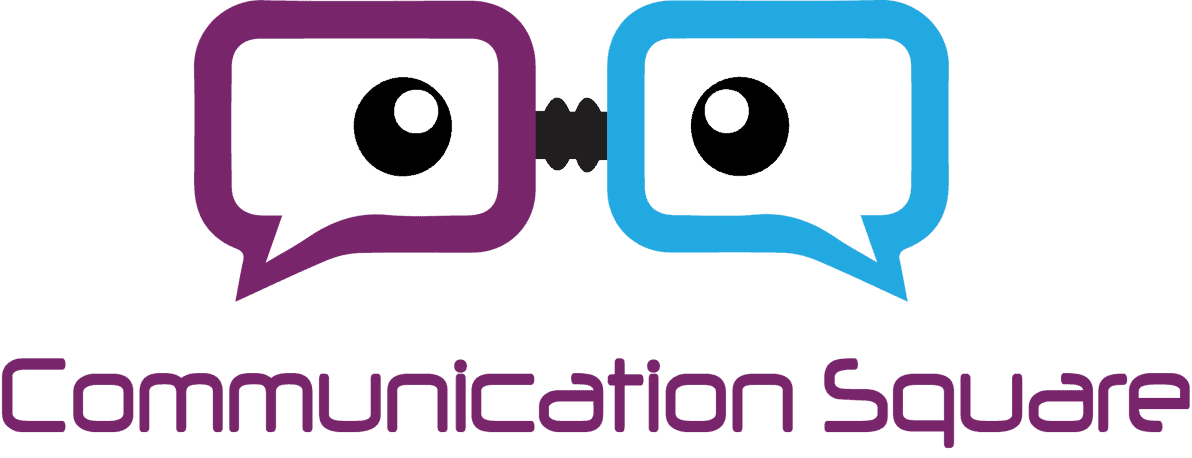There’s a weird feeling that comes with uploading your financial info online. You want the convenience—of course you do. Paying bills from your phone? Huge win. Emailing your accountant a PDF instead of mailing a giant envelope? Way easier.
But there's that little voice in the back of your head saying, Is this really safe?
Totally fair question. Because while the internet’s made money stuff easier, it’s also made it easier for the wrong people to get their hands on it. Once it’s out there? No do-overs.
So if you're storing tax records, invoices, or pay stubs in the cloud—or emailing them to your accountant—there are a few habits worth picking up. No fear tactics here, just real talk about what actually works in the real world.
Don’t Skip the Encryption Part
It sounds techy. But encryption just means your files are scrambled up so no one else can read them. Like sealing a letter in a locked box instead of a regular envelope. Most online tools and cloud platforms do this behind the scenes, but don’t assume—check. If you’re using a pay stub generator or sending files through a portal, make sure “https” is in the URL and the site mentions encryption somewhere. No mention? Skip it. Better safe than sorry.
What YTD means on a paystub: It stands for “Year to Date,” and it shows the total amount you’ve been paid (or taxed, or deducted) from the beginning of the year up to the current paycheck.
Be Picky About Who Gets Access
You’d be surprised how many breaches come from someone having access they shouldn’t. A shared folder left wide open. An old password that never got changed.
Keep it tight. Give people access only to what they need—and take it away when they’re done. No hard feelings, just smart habits.
Also, turn on two-factor authentication. Yes, it’s a tiny hassle. But it can stop a full-on disaster.
Backups: Not Optional
There’s nothing glamorous about backups, but you’ll thank yourself when your laptop crashes or a year’s worth of invoices disappears.
Just make sure your backups are secure. Don’t save a copy of your tax return on your desktop and call it a day. Use a secure external drive or cloud storage with solid privacy settings.
It’s one of those things that feels like overkill—until it saves you.
People Mess Up More Than Computers Do
You can install all the fancy tools you want, but if someone clicks the wrong thing or sends a file to the wrong email? Game over.
Teach your team the basics: strong passwords, red flags for phishing emails, don’t send sensitive info over email.
And if it’s just you? Still worth brushing up. There are plenty of free guides out there—some even powered by AI innovations that offer interactive training or simulate phishing attempts to help you learn in real time.
Rules Apply to You
Even if you're not a big company, privacy laws still matter. Especially if you’re handling client info—generating pay stubs, processing invoices, storing personal data.
Make sure your tools are compliant with privacy laws like GDPR or CCPA. That includes any online platforms you use to create or send financial documents.
If you're using an online pay stub maker, check that the site doesn’t store your data long-term—or at all. Look for clear privacy language and transparent data policies.
Check Your setup Once in a While
You don’t need to go full IT department, but scan your setup now and then. Still using outdated software? Skipping updates?
Little things pile up. And hackers love low-hanging fruit.
Keep your system updated. Use a decent antivirus. Delete old files with personal info you don’t need anymore.
Stop Emailing Tax Docs
Just don’t. There are better ways: Google Drive with limited access. Dropbox with passwords. A secure portal if your accountant offers one.
Email is basically a postcard. Anyone can read it along the way.
If you’re sending W-2s, pay stubs, or spreadsheets with personal info—use something secure. Every time.
Keep It Human and Secure
You don’t need to be a cybersecurity expert. Just build a few smart habits and check in on your setup once in a while.
Be thoughtful. Use tools you trust. Don’t take shortcuts with sensitive info.
You work hard for your money. Keeping it protected? That’s part of the job now.
Still figuring out where to start? Look at tools you already use—many have security settings you haven’t touched. Turn them on.
And when in doubt? Don’t click it. Don’t send it. Don’t save it.
You got this—one secure step at a time.
Last Updated 4 months ago ago
